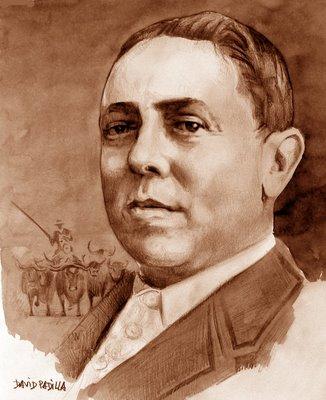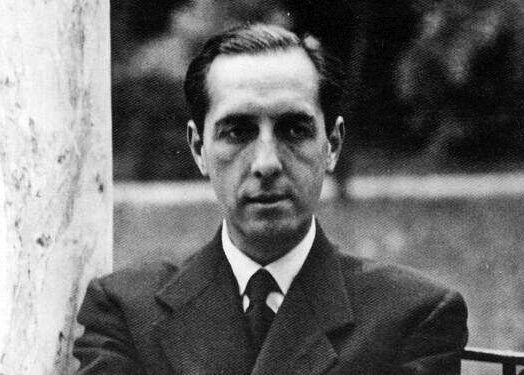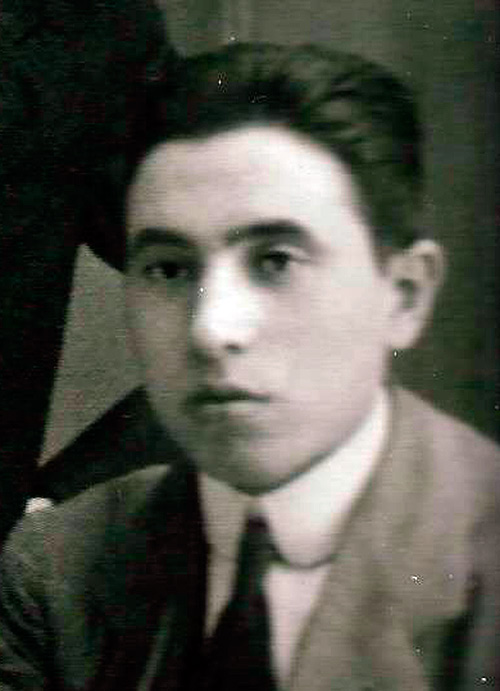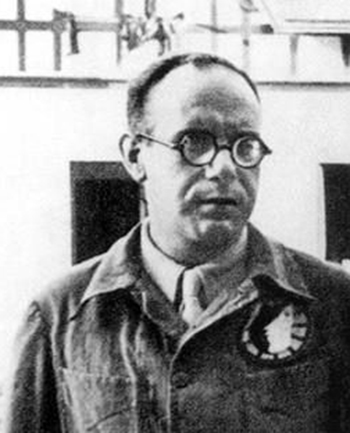Fernando Villalón was a peculiar and fascinating character, almost indefinable if you add up all the titles and hobbies he accumulated in his short life. He was a cattle rancher, as well as a writer and aristocrat (he was Count of Miraflores de los Ángeles), farm owner (among other estates he owned the Cortijo de la Sierra de Gibalbín and the Dehesa Majada Vieja near Lebrija), theosophist, friend of the poets of the Generation of ’27 and dreamer (he joked that his ideal was to breed bulls with green eyes). He was born in Seville on May 31, 1880, and died ruined in a clinic in Madrid, accompanied by his wife, Concha Ramos, on March 8, 1930. He was a student at the Jesuit school of El Puerto, where he had been preceded by Juan Ramón Jiménez, Rafael Alberti and Pedro Muñoz Seca.
At the Pino Montano meeting, friendship, celebration, companionship and literature alternated. After toasting Góngora, Villalón led a delirious session of hypnotism with Rafael Alberti as the victim.
Villalón published some books of prose and verse as legendary as his own life. His bibliography is short but unforgettable: Andalucía la Baja, La Toriada and the Ballads of the 800. The first, which appeared in October 1926, is a kind of lesson in love about the Andalusia where he lived; the second, published in August 1928, contains a collection of poems about the bull from a mythological point of view; and the third, from April 1929, only a year before his death, is a poem about historical events. Among his posthumous works are Taurofilia racial, written in May 1926, a historical and critical essay on bulls and bullfighting composed in a rambling prose (“it is a calf that revolts me”, he said of it) and the smuggler drama Juan Fermín de Plateros, as well as some notebooks collected by his friend Ignacio Sánchez Mejías but which never appeared. All his published work appeared in the environment of the foundational meeting of the Generation of ’27 at the Ateneo de Sevilla.
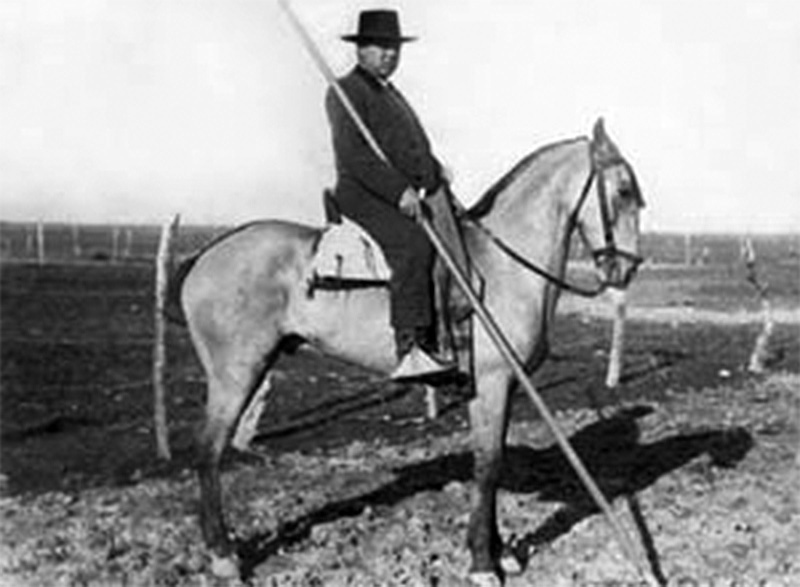
Villalón’s maintained a close relationship with the great poets of 1927 and their contemporaries. The Ballads of the 800 bear the following dedication: “To Juan Ramón Jiménez, in memory of our childhood imprisoned in the Jesuits of El Puerto”.
He met Federico García Lorca in a long literary party at the Pino Montano estate owned by the bullfighter Ignacio Sánchez Mejías after the meeting of the Generation of ’27 in Seville. Villalón, like Cernuda and other collaborators of the magazine Mediodía, attended the founding act, although he does not appear in the photo that became the generational symbol. Only Rafael Alberti, Federico García Lorca, Juan Chabás, Mauricio Bacarisse, José María Romero Martínez, Manuel Blasco, Jorge Guillén, José Bergamín, Dámaso Alonso and Gerardo Diego appear in the picture.
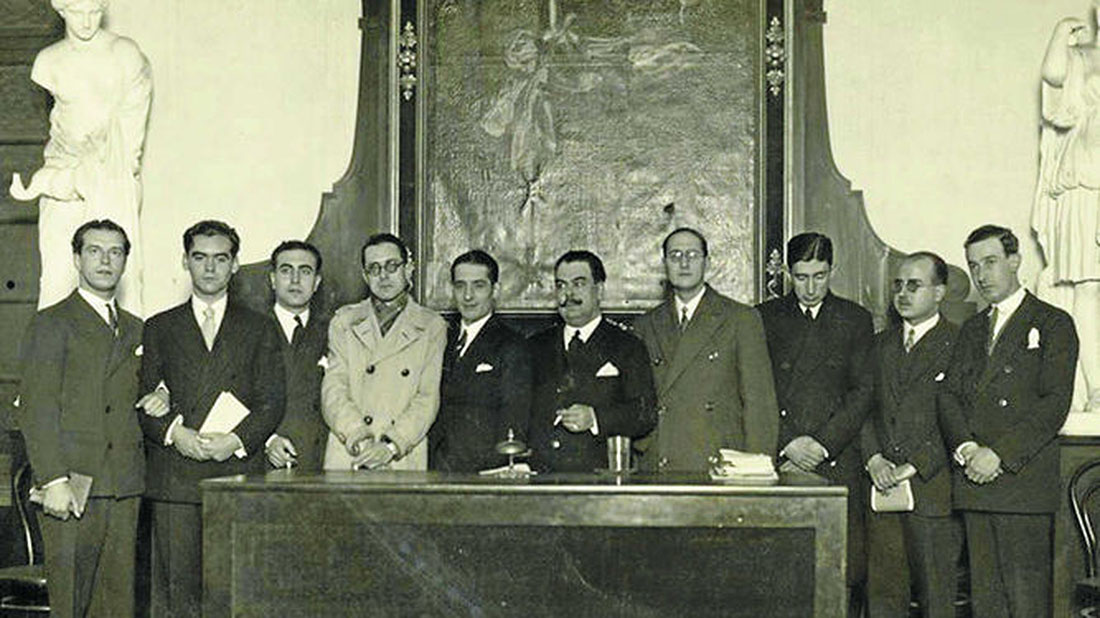
At the Pino Montano meeting, friendship, celebration, companionship and literature alternated. As described by researcher Eva Díaz Pérez, after toasting Góngora, Villalón led a delirious session of hypnotism with Rafael Alberti as the victim. “Then there was flamenco, Dámaso Alonso’s humorous Gongora recital, García Lorca’s Dadaist jokes, Jorge Guillén and Gerardo Diego’s Moorish disguises and a visit to the nearby Miraflores asylum to discover the steely outlines of surrealist madness,” she writes.
His decline, however, was as rapid as his literary brilliance. In a letter to his cousin Manuel Halcón he foresees the arrival of the Republic: “I fear very much the test to which the pigeon shooting or quail shooting aristocracy (to call it something) will be subjected, although the king will already know with whom he is gambling his money”.
After selling his land and livestock (supposedly to Juan Belmonte) his star dimmed and he suffered the scorn of some of his friends. “This has been the failure of my life. I passed the pen of irony across many people’s faces, believing that I was not doing them any definite harm. Then I forgot them, but they didn’t forget me and they popped up everywhere. Sometimes I think I had a free circus door open. Those who laughed then left without leaving anything and the fools who endured my blows stayed inside waiting to get paid”, he confesses to Manuel Halcón, in the book Memories of Fernando Villalón. Poet of Andalucía la Baja and bullfighting rancher published in 1951.
